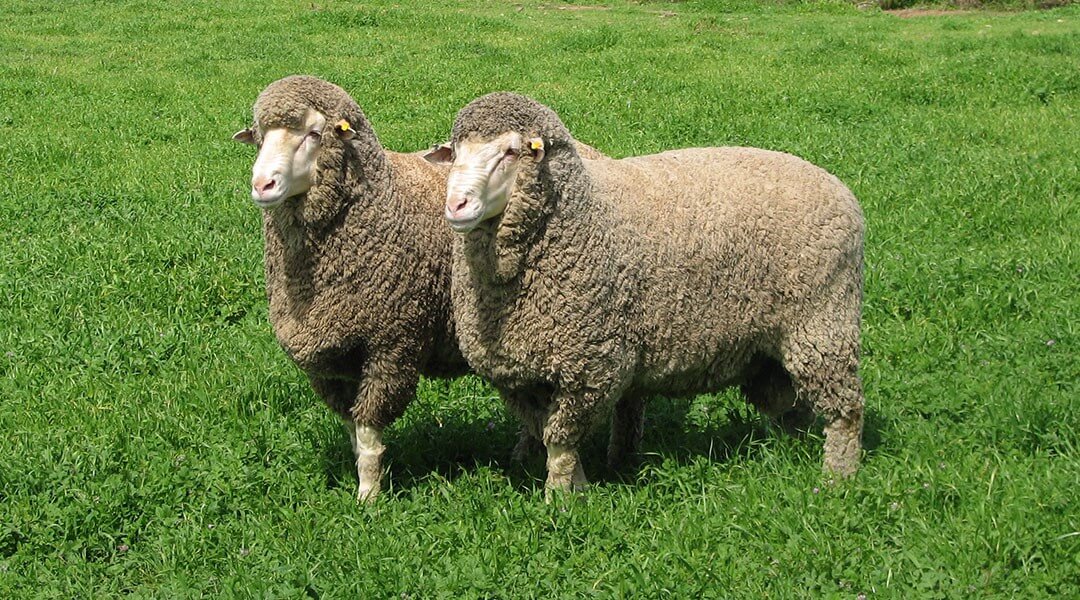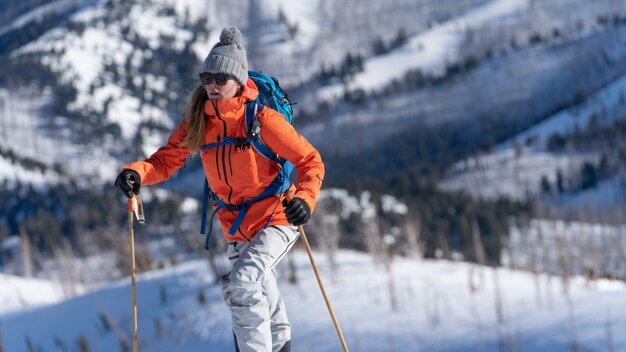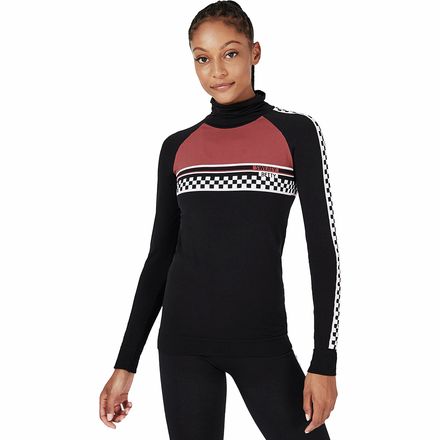What Merino Sheep Breeds Are There? How Do They Differ In Their Distinctive Features And Traits?
There are numerous Merino breeds available, each with its own unique characteristic. Below is a list of the most commonly used Merino sheep varieties and the differences between them. Spanish Merino - The Spanish Merino is one the oldest Merino sheep. It is known for its fine wool and high yield. This breed can be used in a variety of environments and is resistant to the majority of diseases.
American Merino- American Merino often referred to as the American Merino, was developed in America in the 19th century. It is noted for its exceptional wool quality and hardiness. This breed is particularly suited to cold environments and is immune to many diseases of sheep.
Saxon Merino - The Saxon Merino Merino breed is a very delicately boned Merino sheep that is known for its fine and soft wool. The Merino breed is smaller than other breeds and can tolerate hot and dry environments.
Peppin Merino- The Peppin Merino is an Australian breed that was created in the 19th century. This breed is well-suited for Australia's hot, dry climate because of its premium wool.
Rambouillet The Rambouillet Rambouillet is one of the Merino breed that was first created in France in the 18th century. This breed is known as being able to adapt and durable in various environments. Rambouillet wool is a Merino-type Merino, which is coarser than other Merino breeds. It is still highly valued for its high-end quality.
Polwarth - The Polwarth Merino breed was created in Australia in the latter half of the 19th century. The breed is ideal to the wetter and cooler climates of southern Australia due to its soft, lustrous wool.
The specific Merino breed as well as the setting where they were born will determine the distinctive qualities and characteristics of Merino sheep. Breeders typically select Merino breeds due to their distinctive traits, such as hardiness, fine wool, adaptability, and flexibility. This lets them develop Merino breeds that can be used in diverse environments and are more suited to specific requirements.

What Is The Difference Between 3/4-Length, Long Sleeves, Hooded, And Zip-Neck Merino Base Layers Of Wool Differ?
The different types of Merino wool base layers available such as 3/4 length, long sleeve as well as zip-neck, hooded and long sleeve, offer different features and benefits. Below are some details about the differences and how to select the most suitable 3/4-length Merino sheep wool base layer. The base layer can be worn under trousers or shorts and is appropriate for mild to cool climates. They're an excellent choice for any activities that require a little extra warmth but don't need full-length base layers.
Long Sleeve Merino wool layer base layers are designed to provide warmth and ease of use. They are available in different weights and are a good choice for cooler weather conditions. These base layers, with long sleeves, are ideal for activities of low- to moderate intensity, where you might require some additional warmth.
Hooded Merino wool base layers are made to provide warmth and shielding from the elements. They usually come with a fitted, padded hood that can be worn along with a helmet. Hooded bases are perfect for outdoor activities in which you may be in the presence of cold or wind.
Zip-neck Merino sheep wool base layers were designed to control temperature and provide ventilation. They typically feature the neckline of a zipper that is able to be opened or closed depending on the conditions of the weather. For sports that require fast temperature regulation, like high-intensity sports zip-neck top layers can be an excellent choice.
Take into consideration the weather conditions as well as the activity level you are engaging in when choosing the best Merino wool base layer. Base layers of 3/4 length will work well in mild to cool temperatures and long sleeves are ideal for cooler conditions. Hooded base layers offer additional protection from windy or cold winds. If you are doing activities that require you to quickly control your body temperature zip-neck base layers could be a great choice. Consider the fit of the base layer and make sure that it's comfortable and offers all range of motion. Go recommended ski layers at koraoutdoor.com for site recommendations.

Merino Wool Blended To Himalayan-Yak Wool Is A Fantastic Base Layer When Skiing.
Merino wool blended with Himalayan Yak wool creates the perfect base layer to ski on. Merino wool's remarkable water-wicking properties, temperature control, and softness are widely known, while Himalayan wool's warmth and durability are well-known. Both fibers can be combined to create a base layer which provides great warmth, moisture control as well as breathability. They are ideal for skiing. Merino wool regulates body temperatures and helps to wick away moisture, keeping you dry. Yak wool is a great source of warmth during colder temperatures and provides an extra layer of insulation. Merino wool and Yak wool blends are durable and are more resistant to wear than other base layers. They are also suitable for intense activities such as skiing. The combination of Merino wool and Himalayan Yak wool makes a base layer that is warm and breathable, water-resistant, sturdy, and is able to withstand cold temperatures. It's a fantastic option for skiing as well as other cold-weather activities. Go best hiking mid layer blog for site advice.

What Are Alternatives To Merino Or Yak Wool For Ski Clothes? And Why Do They Have A Lower Quality?
Although there are many alternatives to Merino wool or Himalayan Yak wool for skiing clothing, they may not be as effective at keeping you dry and warm when you're on the slopes. Below are some alternatives and the reasons why they are inferior. Cotton - Cotton is a common fabric, however it is not the best option for skiing. Cotton is a fabric with a water-retentive property that holds moisture. This can make you feel cold and uncomfortable. In addition, it doesn't offer good insulation, so it will not keep you warm in cold weather.
PolyesterIt is a popular synthetic fabric used in ski clothing. While polyester is quick-drying and moisture-wicking, it can't offer the same amount of warmth and insulation like Merino wool or Himalayan yak wool. There are those who find polyester less breathable and more comfortable than natural fibers.
Nylon-Nylon is an artificial fabric, which is known for its strength and resistance to scratches. It is a popular fabric for ski clothes. It doesn't provide warmth or insulation. It is also less comfortable as natural fibers like Merino wool. This makes uncomfortable for prolonged time periods.
FleeceFleece Fleece is a well-loved layering fabric for skiers, is also a well-liked choice. It's not as effective than natural fibers, such as Merino wool or Himalayan Yak wool, however it can provide warmth and insulation. Many people find fleece less breathable than natural fibers and more prone to trapping moisture.
There are many other fabrics that are not Merino wool or Himalayan yak wool that can be used for ski apparel. But, these materials aren't as effective at keeping you dry and warm when you're on the slopes. Merino wool, Himalayan yak wool, and other natural fibers are better for ski clothes. They provide superior warmth and insulation, air-flow, moisture management, and warmth.
Comments on “Good Facts On Deciding On Merino Wool Base Layers For Hiking”